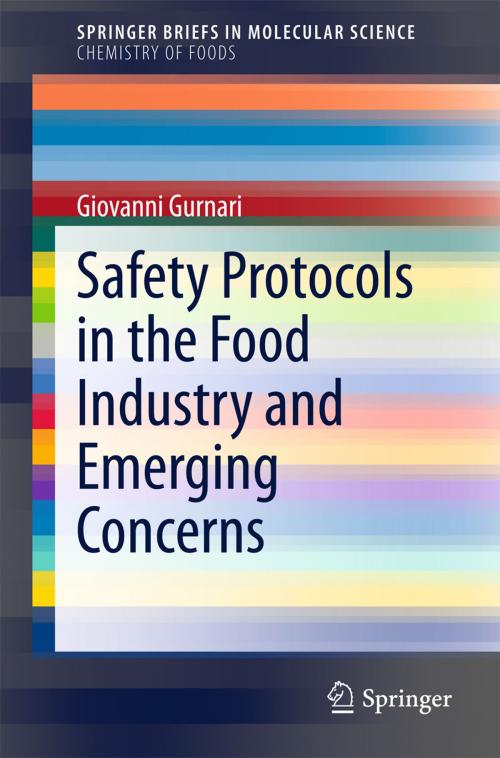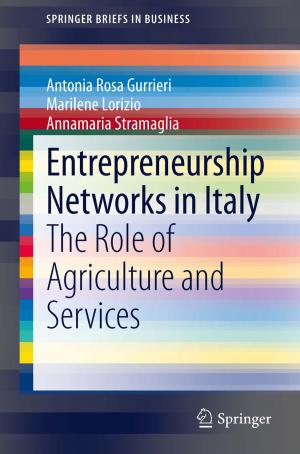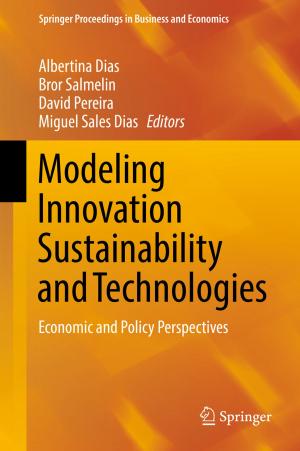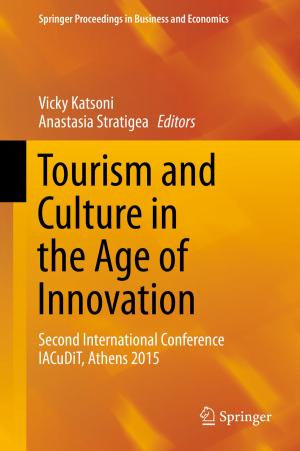Safety Protocols in the Food Industry and Emerging Concerns
Nonfiction, Health & Well Being, Medical, Medical Science, Microbiology, Science & Nature, Technology, Food Industry & Science| Author: | Giovanni Gurnari | ISBN: | 9783319164922 |
| Publisher: | Springer International Publishing | Publication: | March 27, 2015 |
| Imprint: | Springer | Language: | English |
| Author: | Giovanni Gurnari |
| ISBN: | 9783319164922 |
| Publisher: | Springer International Publishing |
| Publication: | March 27, 2015 |
| Imprint: | Springer |
| Language: | English |
This brief reports about safety protocols in the food producing industry. Hygiene, i.e., the prevention of contamination and microbial infections, is of greatest importance in the industry, as are disinfection techniques, to prevent or to fight microbial contaminations and infections, and practical emerging concerns are centered around these fundamental concerns. The first part focuses on the attempts and possibilities to prevent microbial spreading. Part II discusses disinfection techniques and their risks, advantages and disadvantages. Current industry trends, such as the attempts to substitute chlorine in disinfection, are critically reviewed.
In all, this brief volume discusses decision procedures and strategies that are being applied to prevent, reduce and fight microbial spreading. In particular, material that comes into contact with the foods, has to fulfill strict requirements. This aspect is explained in detail, and how little details can have great effects. The brief deals with the important question: is disinfection more an ally or an enemy?
This brief reports about safety protocols in the food producing industry. Hygiene, i.e., the prevention of contamination and microbial infections, is of greatest importance in the industry, as are disinfection techniques, to prevent or to fight microbial contaminations and infections, and practical emerging concerns are centered around these fundamental concerns. The first part focuses on the attempts and possibilities to prevent microbial spreading. Part II discusses disinfection techniques and their risks, advantages and disadvantages. Current industry trends, such as the attempts to substitute chlorine in disinfection, are critically reviewed.
In all, this brief volume discusses decision procedures and strategies that are being applied to prevent, reduce and fight microbial spreading. In particular, material that comes into contact with the foods, has to fulfill strict requirements. This aspect is explained in detail, and how little details can have great effects. The brief deals with the important question: is disinfection more an ally or an enemy?















